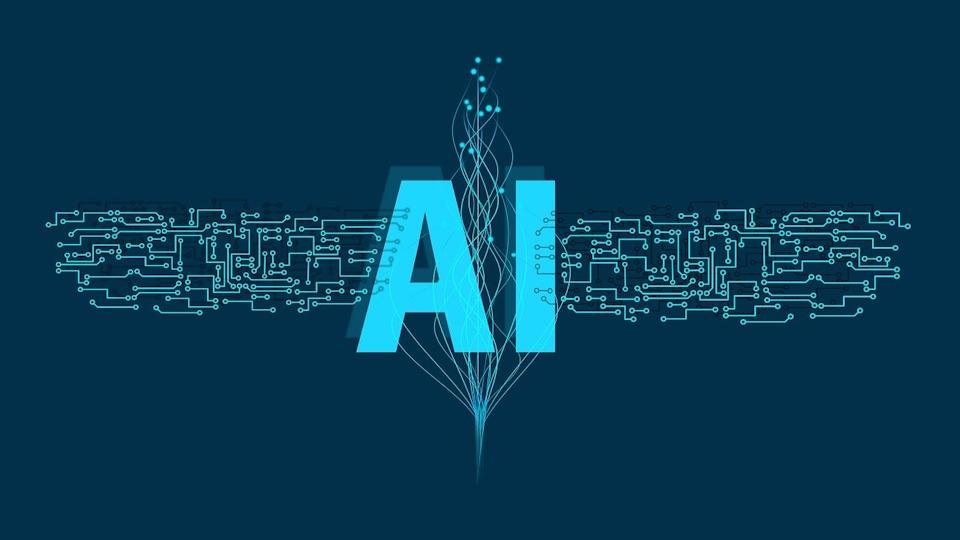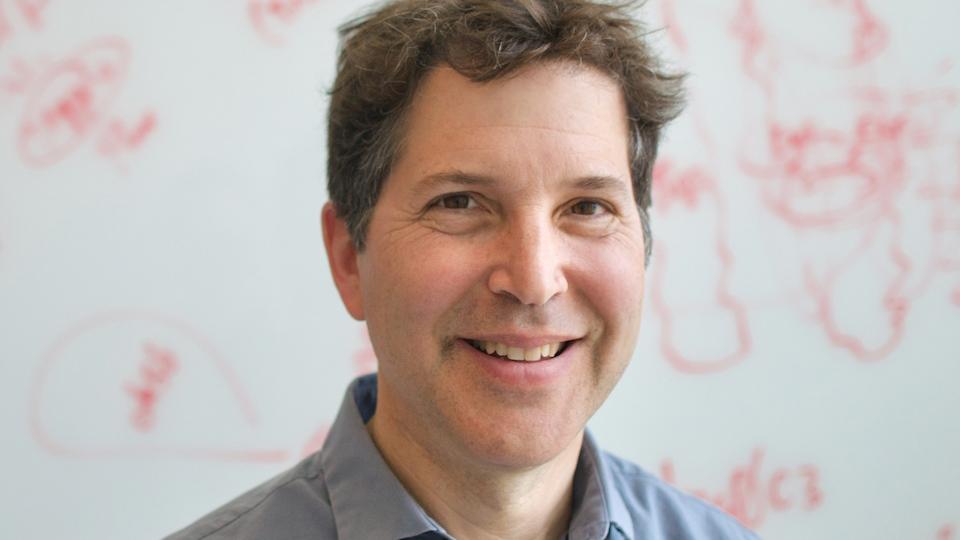Deep 6 AI: the smart software breathing new life into clinical trials

 Wout Brusselaers has spent his life on a quest to achieve one career goal—to work with smart people on a meaningful project that makes a difference to people’s lives. This mission saw him become a diplomat in the Middle East, a McKinsey consultant in Asia, and take on roles in international intelligence before realizing he could use his knowledge and skills in solving complex problems to crack one of healthcare’s greatest challenges—accelerating clinical trials.
Wout Brusselaers has spent his life on a quest to achieve one career goal—to work with smart people on a meaningful project that makes a difference to people’s lives. This mission saw him become a diplomat in the Middle East, a McKinsey consultant in Asia, and take on roles in international intelligence before realizing he could use his knowledge and skills in solving complex problems to crack one of healthcare’s greatest challenges—accelerating clinical trials.
Patient recruitment and retention in clinical trials have long been significant challenges for drug developers. As patient populations have become smaller and more niche, organizations have struggled to build the visibility and trust needed to recruit the number of patients required for a viable trial. At the best of times, 85% of clinical trials fail to recruit and retain enough patients to meet their enrollment timelines, with 15‑20% of clinical trials failing to recruit a single patient.1,2These setbacks lead to losses of an estimated $600,000 to $8 million per day.3 With a majority of patients unaware of clinical trials, finding an eligible patient can be like finding a needle in a haystack.
Then the pandemic hit. During the last year, the healthcare sector (like the rest of the world) turned upside down. Patients were unable to see their doctors, hospitals canceled appointments, and healthcare systems struggled with the monumental task of shifting their services online. Many clinical trials were halted or postponed, causing significant financial losses, stagnating innovation, and delaying patients receiving life‑changing treatment.
Four years before the pandemic, in 2016, Wout set up Deep 6 AI. He saw the benefits of not only digitalizing the clinical trial recruitment process but of the endless applications of artificial intelligence (AI) for finding the right patient at the right time and joining up siloed systems.
What makes the Deep 6 AI platform unique is its ability to overcome one of the most significant barriers to digitalizing clinical trial recruitment: up to 90% of patient data is unstructured and much of it is siloed across different systems. As a result, trawling through a physician's notes in electronic medical records (EMRs), pathology reports, and other medical data to determine the most important insights could take human beings months. However, Deep 6 AI has developed cutting‑edge technology that pulls insights from this chaotic data in minutes.
During the past 5 years, the organization has built a client base of some of North America’s biggest healthcare systems, including Cedars Sinai, MD Anderson, Rutgers, and the Texas Medical Center. Investors have also bought into the promise of the software. In 2019, the company received $17 million in fresh funding in the company’s Series A. Today, it has built up an expansive ecosystem of hospitals and patient data, as well as an abundance of information and knowledge on stakeholders across the research journey and how they intertwine. As a result, while many clinical trial recruiters were adjusting to the pandemic, Deep 6 AI was well‑positioned to rise to the challenge. We sat down with Wout to find how the technology works, the impact of COVID‑19 on clinical trial recruitment, and the key to creating a digital ecosystem that improves patient outcomes.
How does the Deep 6 AI software work?
WB: There are many layers to it, but ultimately, Deep 6 builds clinical trial acceleration software. We provide the connective tissue between all the stakeholders in the clinical trial, such as research staff, care staff, patients, collaborating partners and sponsors, and empower them with a holistic view of the patient based on real‑time data.
In healthcare, despite many efforts, there is no true Big Data yet. Instead, there is lots of "little data" spread across many disparate systems.
This data is often fragmented, siloed, and unstructured. Much of the information is free text in EMRs, lab data, medication records, registry data, pathology or ‘-omics’, etc. Identifying and sifting through all that information, and reconciling it manually, is a titanic task.
So we use AI to analyze this unstructured data and natural language processing to determine whether the information refers to a symptom, a diagnosis, a mutation, an outcome, a lab result… the list goes on. Then, the software fits the data into a model, which unifies the patient’s clinical journey.
Rather than using traditional relational database models, we represent patients as multi‑dimensional vectors. Each different condition, diagnosis, social determinant, outcome, or genetic mutation is a dot or "node" in a multidimensional graph. The graphs also display all the edges, or connections between the clinical concept nodes, which helps identification of correlation, and co‑occurrences.











